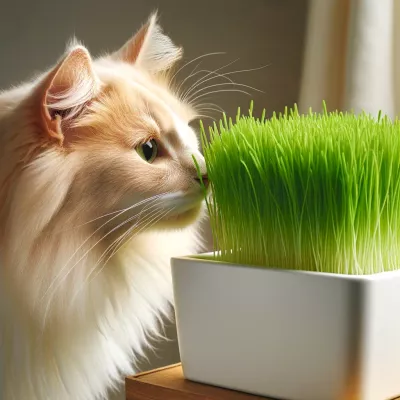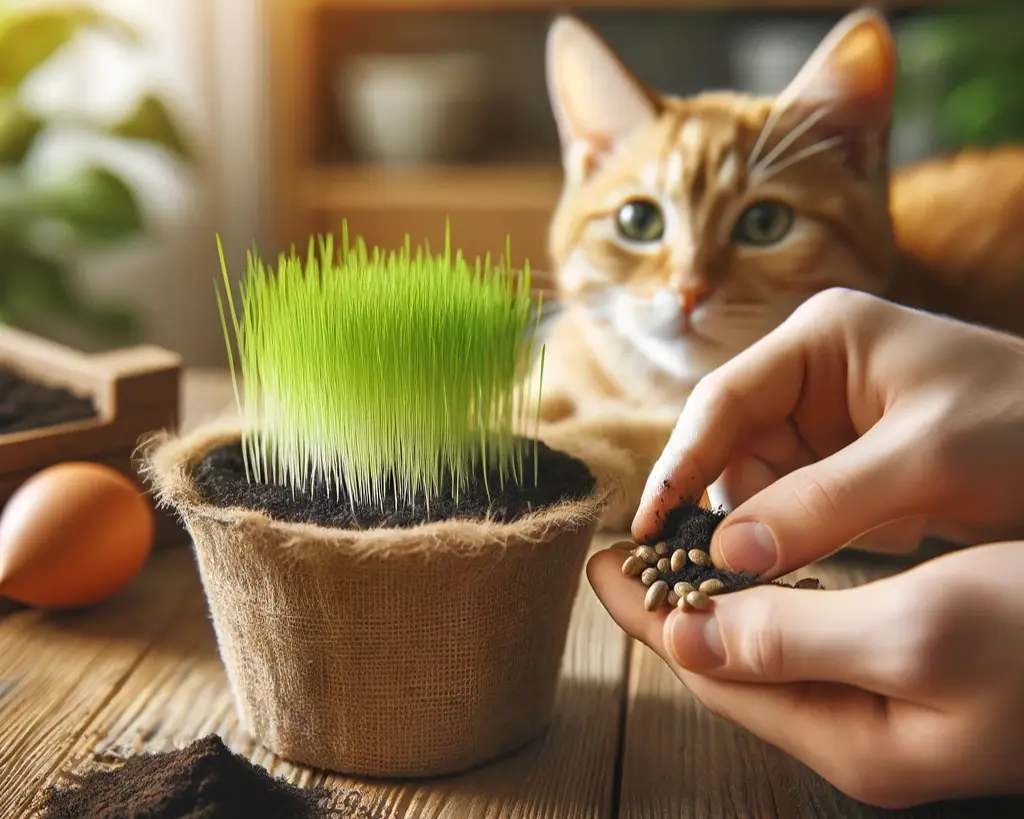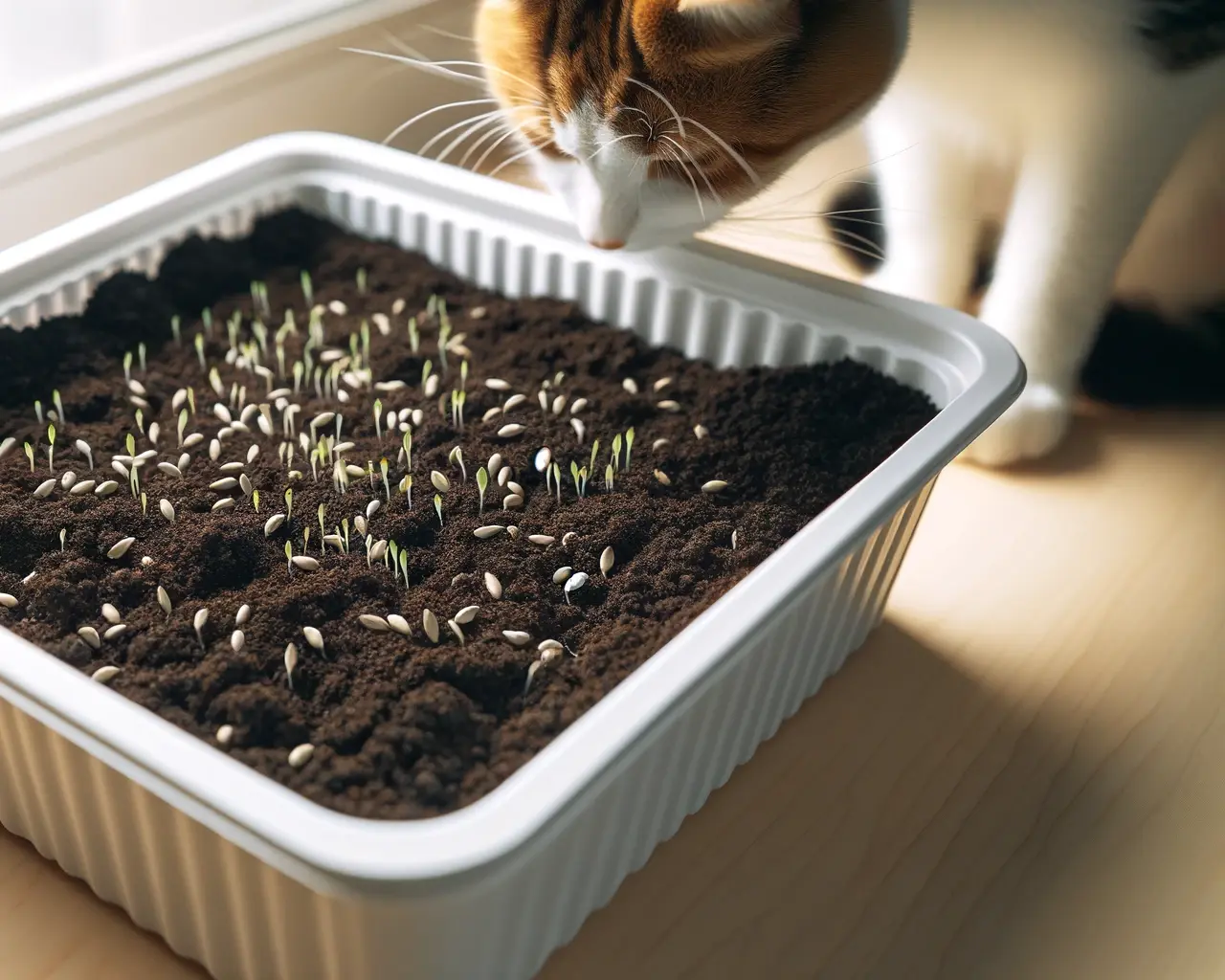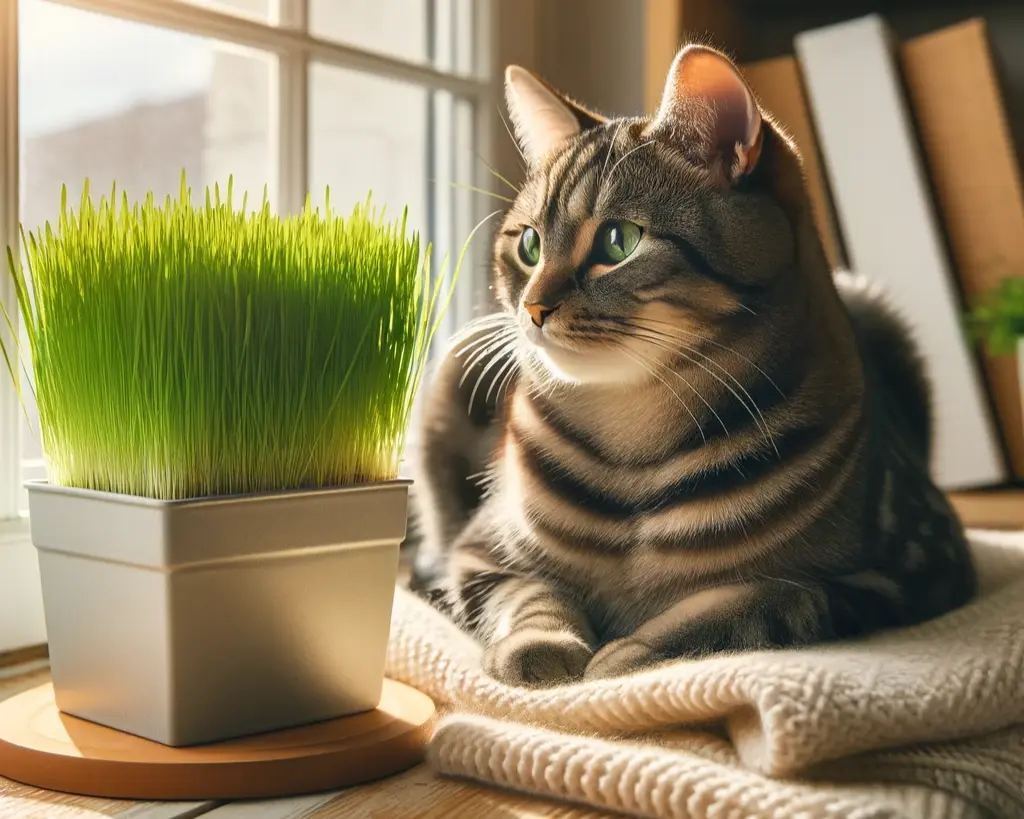
How to Grow Cat Grass at Home: A Complete Guide
- Benefits of Grass for Cats
- Ways to Grow Grass for Cats
- Stages of Growing
- Tips for Improving Growth

Indoor cats, deprived of the opportunity to graze outdoors, often turn their attention to houseplants. A special cat "garden" will not only satisfy their need for greenery but also benefit their health. In this article, we will explore why grass is important for cats, which types of grass are best suited, and how to grow them indoors.

Choosing Grass

Conveyor Planting. For continuous supply of fresh grass, it is important to practice conveyor planting. This means planting a new batch of seeds every week, ensuring your cat has constant access to fresh greens. This approach not only satisfies your pet's needs but also prevents overgrowth of grass when it loses its beneficial properties.
🌱🌿 Gardening Hacks! 🌿🌱
 🫘 Seed Selection and Preparing
🫘 Seed Selection and Preparing
Choosing quality seeds is a key aspect of successful cultivation. Purchase seeds from reputable pet stores or specialized outlets. Pay attention to the expiration date and packaging condition. It is recommended to soak the seeds in water for 50-60 minutes before planting. This will speed up the germination process and improve viability.
â˜€ï¸ Location and Lighting
Select a location for the grass with an adequate amount of natural light. Southern or eastern windows are ideal. In the winter when daylight hours are reduced, you can use grow lights for additional illumination. This helps maintain the grass's growth and health.
💦 Watering and Humidity
Water the grass moderately, avoiding water stagnation in the roots. Soil moisture should be moderate; do not let it dry out or become waterlogged. Use a spray bottle for even surface moisture. During the active growth phase, the grass will require frequent but moderate watering.
🛠Pest and Disease Control
Regularly inspect the grass for signs of diseases or pests. In case of problems, use natural and cat-safe remedies such as soapy water solution or neem oil. Avoid chemical pesticides that could harm your pet.
ðŸâ„ï¸ Seasonal Care Tips
Caring for indoor grass may vary depending on the season. In winter, additional lighting and humidity may be required due to heating devices. In summer, it's important to protect the grass from overheating and excessive watering.
🌱🌿 Tips for Improving Growth 🌿🌱
 Safety and Cat Health
Safety and Cat Health
Make sure the grass you grow is safe for your pet. Avoid using chemical fertilizers and pesticides. Remember that some cats may have allergic reactions to certain types of grass, so watch your pet's reaction.
Uses of Grass
You can use the grown grass not only as cat food but also as a decorative element in your home. Small pots of grass can serve as unique interior decorations while benefiting your pet at the same time.
Growing cat grass is an exciting and beneficial process that will improve the quality of life for your furry friend. It not only promotes animal health but also brings joy to the process. Follow these tips, and you'll easily create the perfect green space for your cat.
Result (48):